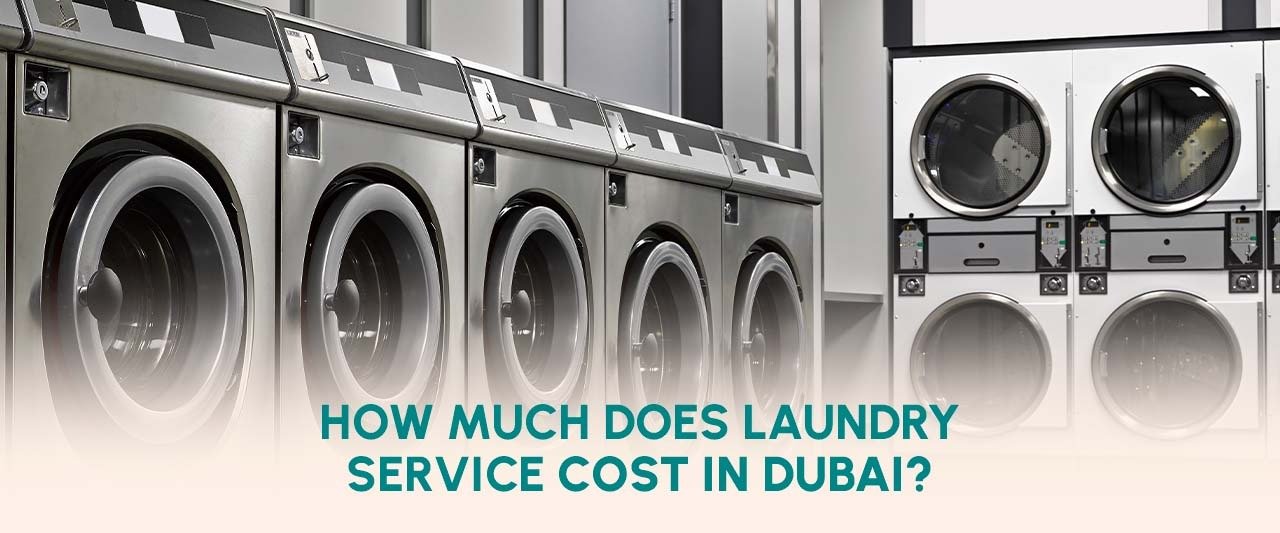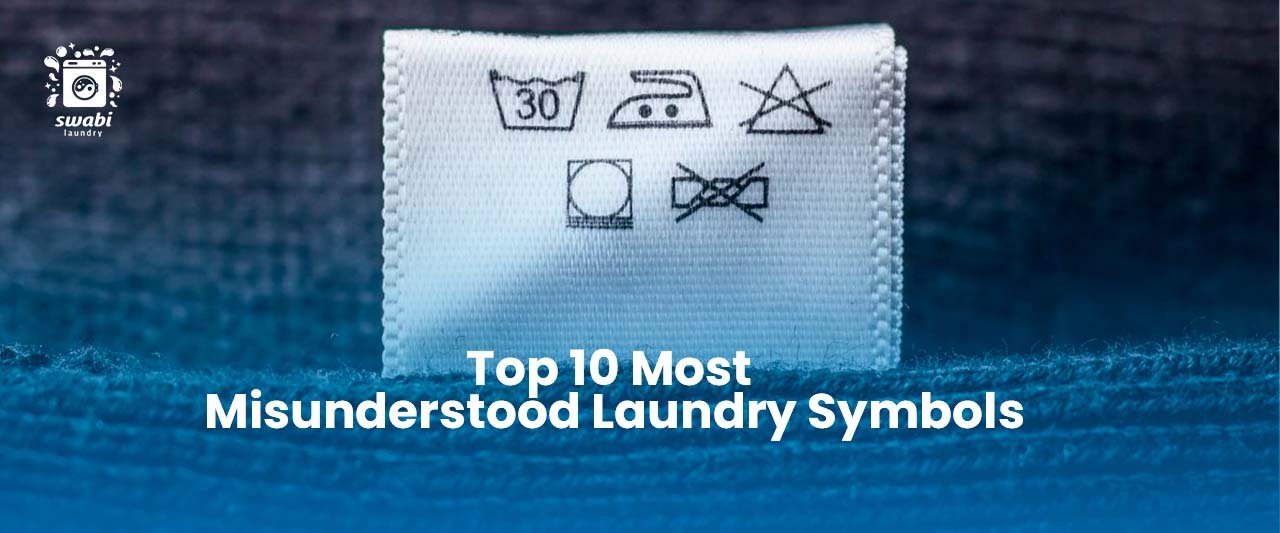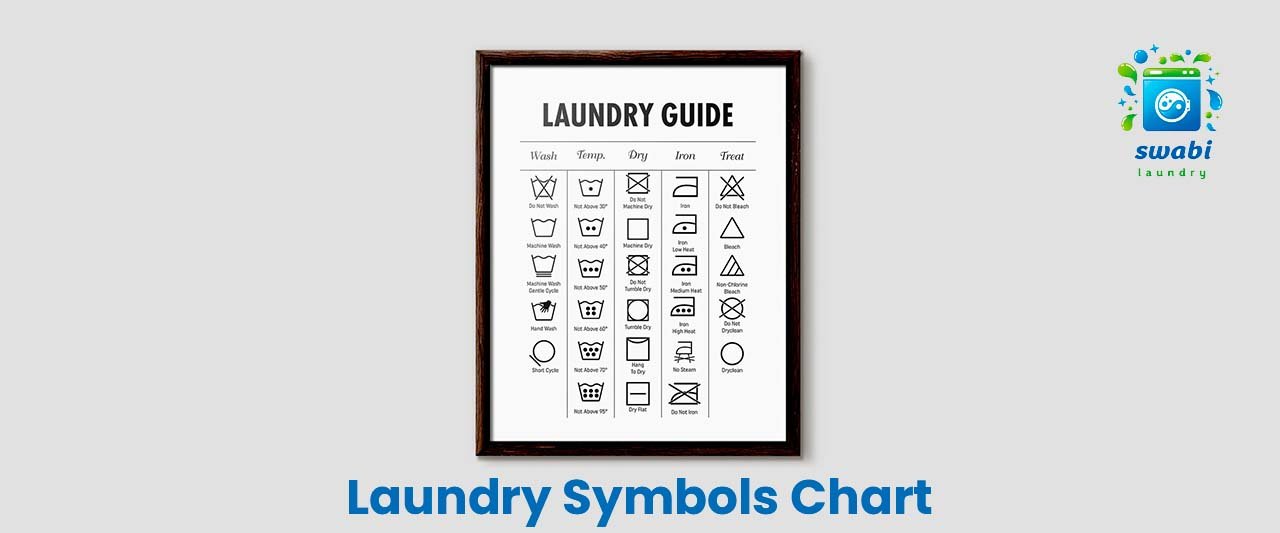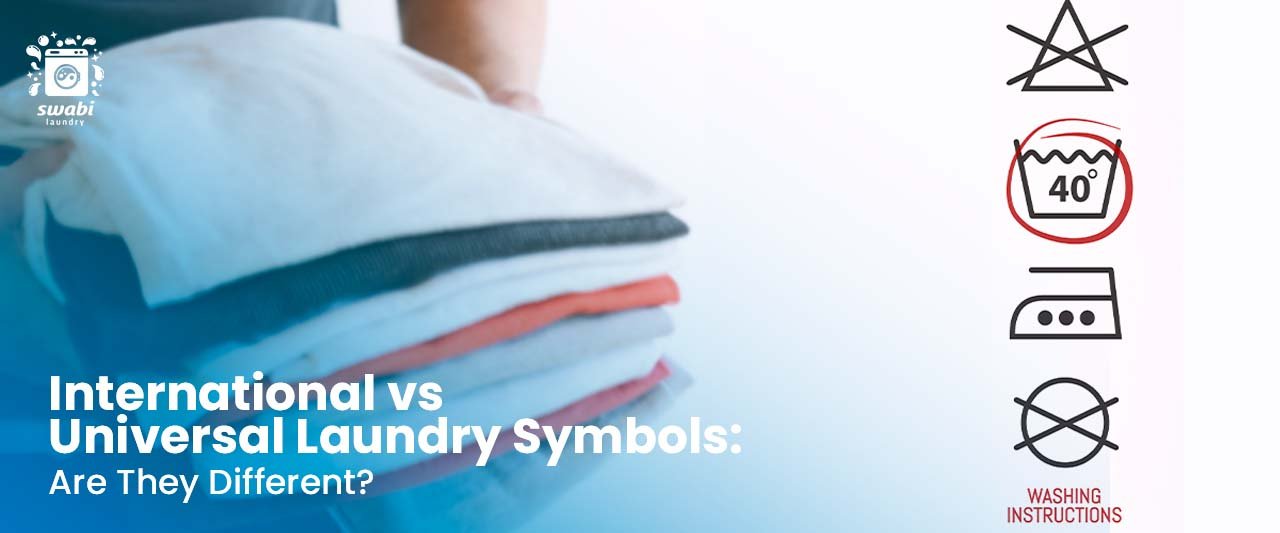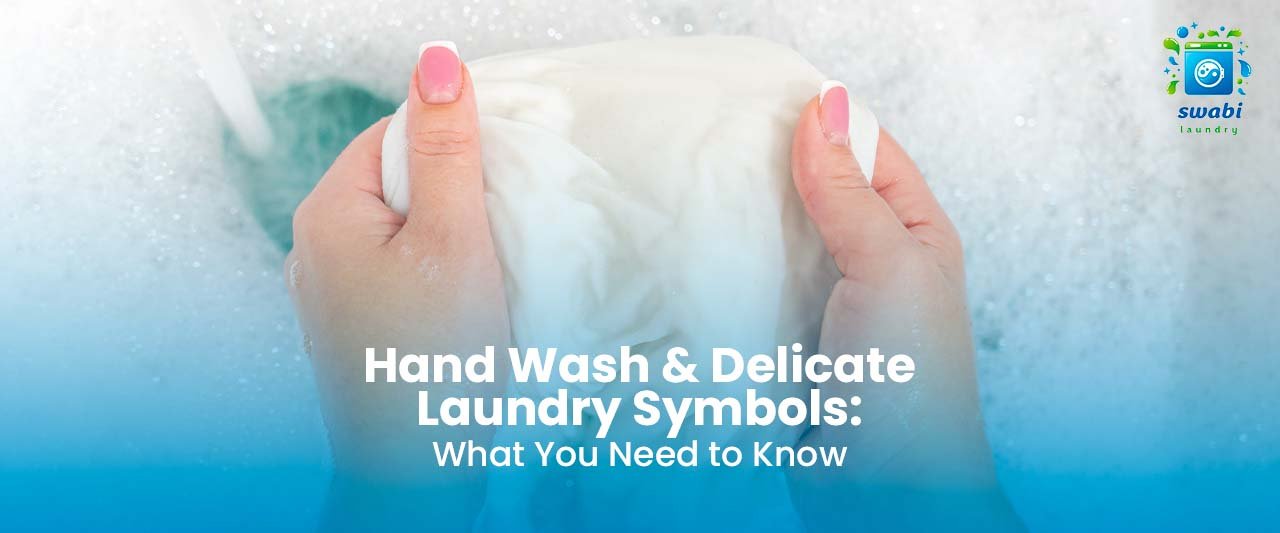What is the difference between dry cleaning and normal washing?
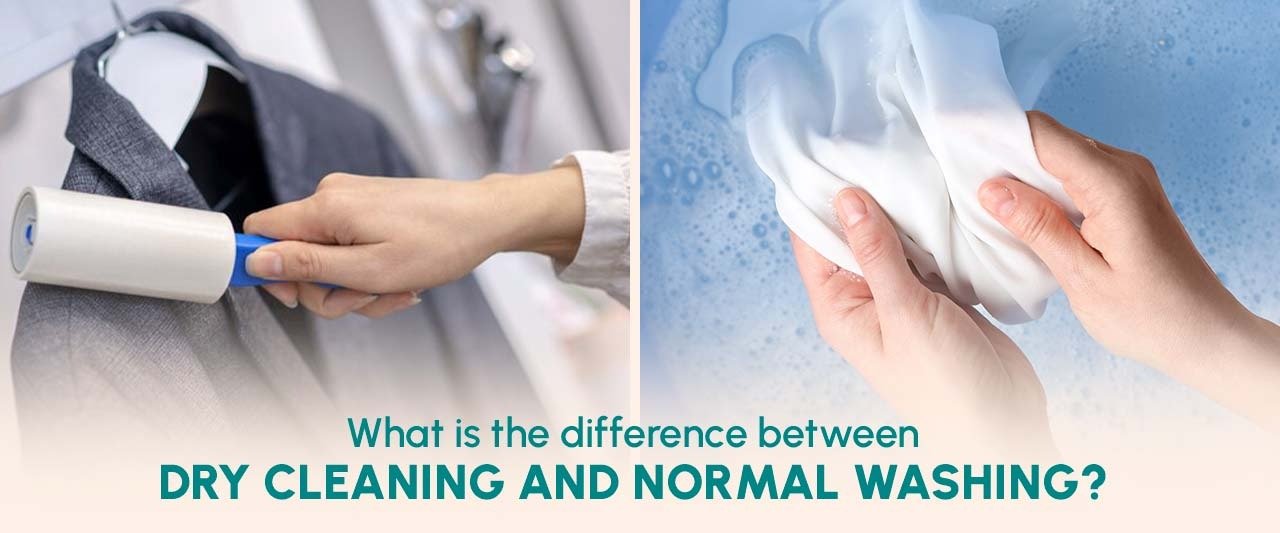
11 Oct, 2025
| Aspect | Dry Cleaning | Normal Washing |
| Cleaning Agent | Chemical solvent (no water) | Water and detergent |
| Best For | Delicate, expensive, or structured garments | Everyday clothes and washable fabrics |
| Stain Type | Removes oil-based stains effectively | Works best on water-soluble stains |
| Fabric Care | Gentle, prevents shrinkage and fading | May damage delicate fabrics |
| Cost | More expensive | Budget-friendly |
| Frequency | Ideal occasionally for formalwear | Suitable for daily laundry |
| Finish | Crisp, pressed, professional | Clean but may wrinkle |
When it comes to keeping your clothes clean and fresh, the question often arises, should you go for dry cleaning or normal washing? While both methods are designed to clean your garments, they differ greatly in their process, purpose, and the types of fabrics they suit best. In the UAE, where luxury fabrics, designer wear, and traditional attire like abayas and kanduras are common, choosing the right cleaning method is more important than ever.
1- Understanding the Basic Differences
Because different fabrics respond uniquely to various cleaning methods, understanding distinctions between dry cleaning and washing is crucial for effective garment care.
- Dry cleaning and washing are two primary laundry cleaning methods used in the UAE.
- Dry cleaning involves the use of solvents to remove dirt and stains, whereas washing uses water and detergents.
- The choice between these methods depends on the fabric type and the level of soiling.
Dry Cleaning
Dry cleaning is a professional cleaning process that uses a chemical solvent instead of water. In Dubai and across the UAE, dry cleaners typically use an eco-friendly solvent like perchloroethylene (perc) or liquid CO₂, which gently removes dirt and stains without damaging delicate fabrics. It’s perfect for garments that cannot withstand the agitation of a washing machine or exposure to water.
Normal Washing
Washing, on the other hand, involves water and detergent. It’s the most common household cleaning method, suitable for everyday clothes like t-shirts, jeans, towels, and bed linens. Modern laundry services in the UAE often use energy-efficient machines and fabric-safe detergents to ensure deep cleaning while protecting your clothes’ texture and color.
In the UAE, laundry cleaning methods are designed to cater to diverse fabric needs.
Effective garment care requires knowledge of these differences to prevent damage and extend the lifespan of clothing.
By understanding the differences, individuals can choose the appropriate method for their laundry needs, ensuring optimal results and preserving the quality of their garments.
Fabric Compatibility in the UAE
Fabric compatibility plays a crucial role in determining the most suitable cleaning method for garments in the UAE, where extreme temperatures and humidity levels can significantly impact textile durability.
The UAE's arid climate requires special consideration when cleaning delicate fabrics like silk, wool, and cotton. Delicate fabrics may shrink or lose their texture when exposed to high temperatures or aggressive washing methods.
In contrast, synthetic fabrics like polyester and nylon can withstand machine washing and high temperatures. Understanding fabric compatibility is essential to prevent damage and ensure the longevity of garments.
Different fabrics have unique cleaning requirements, and using the right cleaning method can help maintain their quality and appearance. This consideration is vital in the UAE's harsh climate, where improper cleaning can lead to rapid deterioration of fabrics.
Price Comparison in UAE
Prices for dry cleaning and normal washing services in the UAE vary significantly, reflecting differences in equipment, labor, and solvent costs.
Dry cleaning services typically incur higher costs due to the use of specialized solvents and machinery. The average price for dry cleaning a garment in the UAE ranges from AED 10 to AED 50, depending on the type of fabric and garment.
In contrast, normal washing services are generally more affordable, with prices starting from AED 5 per kilogram of laundry. Additionally, some laundry services in the UAE offer premium services, such as hand washing and ironing, which can increase the overall cost.
The cost comparison between dry cleaning and normal washing is a key consideration for consumers in the UAE when deciding which service to use.
The distinction between dry cleaning and normal washing is crucial for garment care. Solvent-based dry cleaning suits delicate items, whereas water-based washing is ideal for durable materials. Understanding these differences ensures optimal fabric maintenance, particularly in the UAE's climate, where fabric compatibility and professional care are essential for longevity.
Frequently Asked Questions
1. What is the main difference between dry cleaning and washing?
Dry cleaning uses chemical solvents (instead of water) to clean clothes, while washing relies on water and detergent. Dry cleaning is ideal for delicate or structured fabrics, whereas washing suits everyday garments like cotton and linen.
2. Is dry cleaning better than washing clothes in the UAE’s climate?
In the UAE’s hot and humid climate, dry cleaning helps maintain the freshness and longevity of delicate garments, especially formal wear. However, regular washing is more practical for daily-use clothes affected by sweat and dust.
3- Can I dry clean at home?
You cannot dry clean at home, as it requires specialized equipment and solvents, making professional dry cleaning facilities the only viable option for effective and safe garment cleaning and preservation.
4- Is dry cleaning bad for health?
Dry cleaning solvents pose health risks, including cancer and neurological damage, due to perchloroethylene and trichloroethylene emissions, which necessitate proper ventilation and handling procedures to minimize exposure.
5- How often do dry clean clothes?
You can dry cleaning clothes every 2-3 wearings, depending on fabric type, soil level, and personal hygiene, to maintain garment quality and prevent damage from excessive cleaning or wear.


.png)
